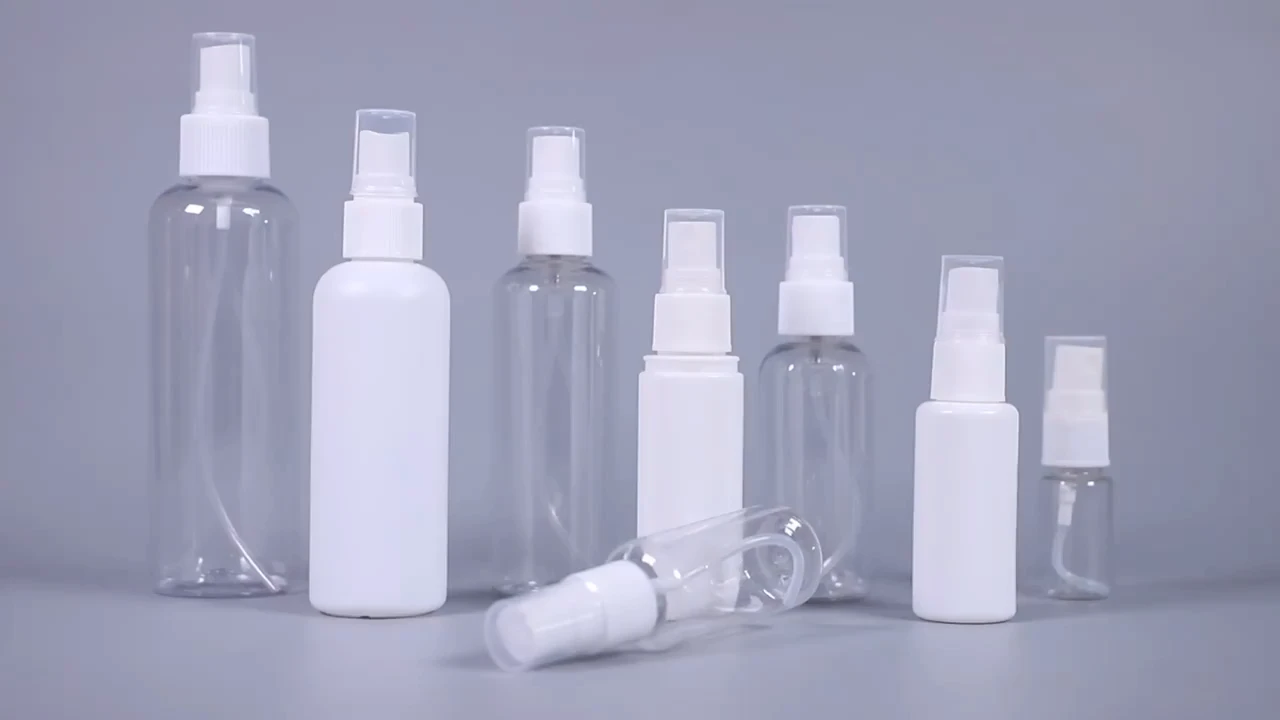dropping bottle use in laboratory
The Importance of Dropping Bottles in Laboratory Settings
Dropping bottles, also known as dropper bottles, are essential tools widely used in laboratory settings across various scientific disciplines, including chemistry, biology, and medicine. Their design, functionality, and versatility make them invaluable for precise liquid dispensing, contributing significantly to the accuracy and reliability of experimental results.
Design and Functionality
A dropping bottle typically features a narrow neck and a squeeze bulb at the top, allowing users to control the flow of liquid through careful pressure application. This design facilitates the release of small, measured amounts of liquid, which is particularly useful for diluting solutions or adding reagents during experiments. The capacity of these bottles can vary, but they are often designed to hold small volumes, ranging from a few milliliters to several ounces, ensuring that researchers can use them for both micro and macro-scale applications.
The choice of material for dropping bottles is also critical for their application. Many are made from glass or high-quality plastic, each material offering specific advantages. Glass dropping bottles are ideal for corrosive chemicals, as they are less likely to react with the contents, whereas plastic bottles are lightweight and shatter-resistant, making them preferable for certain environments.
Applications in the Laboratory
dropping bottle use in laboratory

Dropping bottles find their utility in various laboratory procedures. In chemistry, for instance, they are commonly used to dispense reagents in titrations — a process that requires precise amounts of liquid to achieve accurate results. A chemist might use a dropping bottle to carefully add a titrant to an analyte solution, thereby ensuring a controlled reaction. This precision is crucial, as even slight deviations can lead to significant errors in the quantification of chemical concentrations.
In biological laboratories, dropping bottles are essential for handling biological reagents, such as DNA or enzyme solutions. Researchers can use them to add specific quantities of a reagent to cell cultures or microplates, minimizing the risk of contamination and promoting sterile handling. The ability to dispense liquids accurately is crucial in experiments involving cell survival, growth rates, and biochemical assays.
Moreover, in clinical laboratories, dropping bottles are used to prepare samples for analysis. For example, a technician may use a dropper bottle to dispense a solvent for diluting a blood sample before conducting tests that require specific concentrations. Accuracy in this stage is vital, as it can dramatically affect the outcomes and interpretations of diagnostic tests.
Conclusion
In conclusion, dropping bottles are indispensable tools in the laboratory, providing researchers with the ability to dispense liquids accurately and efficiently. Their design facilitates controlled liquid transfer, while their applications span a wide range of scientific fields. As laboratories continue to push the boundaries of scientific inquiry, the role of dropping bottles in ensuring precision and reliability in experiments will remain paramount. The continued improvement of these tools, along with advancements in materials science, promises to enhance their functionality and expand their applications, further solidifying their place in modern scientific research. The careful selection and use of dropping bottles will ultimately contribute to the integrity and success of countless research endeavors.
-
Aesthetic Makeup Spray Bottles | Fine Mist Empty RefillableNewsAug.19,2025
-
White Plastic Veterinary Vaccine Vials | Lab Liquid BottlesNewsAug.18,2025
-
Plastic Medicine Liquid Bottle: Secure Flip Top Drug VialsNewsAug.17,2025
-
Durable 250ml Blue Plastic Vaccine Vial for Lab & Vet UseNewsAug.16,2025
-
Sterile Virus Sample Tubes: Secure & Reliable Specimen CollectionNewsAug.15,2025
-
White 250ml Plastic Vaccine Vial for Lab & Vet MedicineNewsAug.14,2025
























